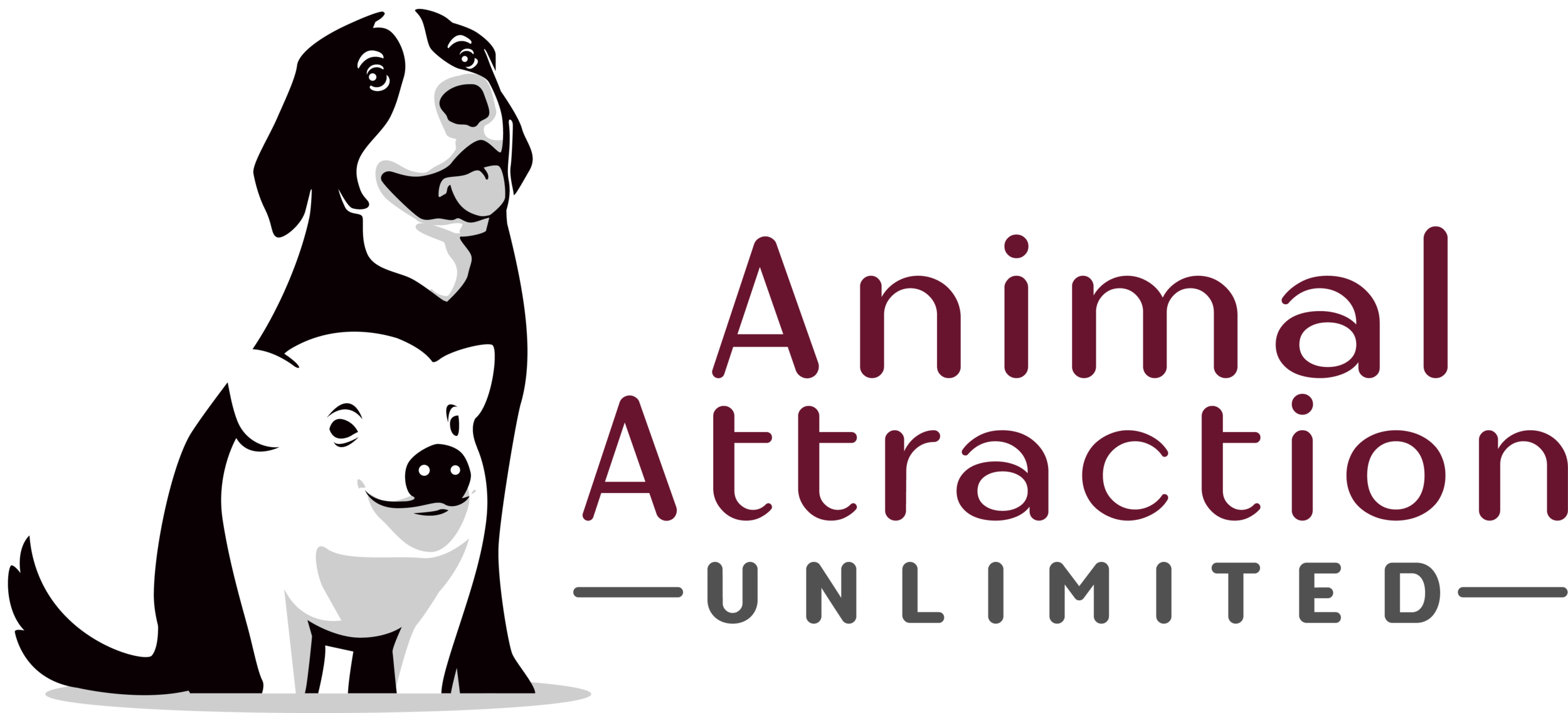Are You Talking AT Your Dog or Communicating WITH Them?
We all love our dogs, and it’s natural to talk to them throughout the day. We say things like, "Oh, what a good boy!" or "What are you doing over there?" While these gestures come from a place of love, it's important to understand the difference between simply talking to your dog and truly communicating with your dog. If you don't, you might find that your dog is tuning you out when it really matters. Listen to this podcast to learn the difference.
The Problem with Incessant Talking
When you constantly talk to your dog without giving them any actionable information, they learn to ignore you. To a dog, a continuous stream of words without a clear purpose is just noise. Imagine a dog named Ginger whose owner says, "Ginger, you're such a good girl. Ginger, why are you on the couch? Ginger, what do you want?" The dog will likely hear this as "blah blah Ginger blah blah Ginger blah." There's no clear command or predictable outcome, so the dog learns to filter it all out.
This isn't a sign that your dog is disobedient. It’s a form of self-preservation. Dogs have heightened senses, and they need to sift through a huge amount of information every day. By tuning out meaningless chatter, they’re making their world less overwhelming. For some sensitive or fearful dogs, this constant talking can even be a source of pressure, making them disengage to diffuse the situation.
The Power of Clear Communication
Communication is about giving your dog clarity and empowering them. Instead of waiting until your dog does something wrong to give a command, communicate with them continuously in a way they can understand. Think of it as a "hot and cold" game.
For example, when working on off-leash walking, you can create an imaginary "bubble" around you. If your dog starts to drift to the edge of the bubble, you might give a verbal cue like "too far," which you’ve taught them means to move back towards you. When they do, or when they turn back towards you on their own, you immediately praise them with a clear "Good boy!" This provides instant feedback and context. The dog learns, "I stayed close, and my owner is happy. I know what to do."
This kind of communication gives your dog a sense of control over the outcome. They know that when they hear a specific word and perform a specific action, they will be rewarded. This builds confidence and makes them eager to listen to what you have to say.
The Takeaway
The goal isn't to stop talking to your dog entirely, but to be mindful of your words. Make your interactions meaningful. If you want to shower your dog with love and praise, call them to you first. Then, when they come, you can pet them and tell them how wonderful they are. This gives your loving words a context and reinforces a positive behavior.
Ultimately, by focusing on communication over endless chatter, you'll find that your dog listens more attentively and your bond becomes even stronger and more respectful.
